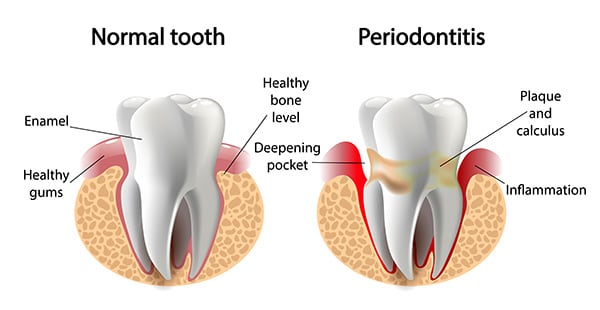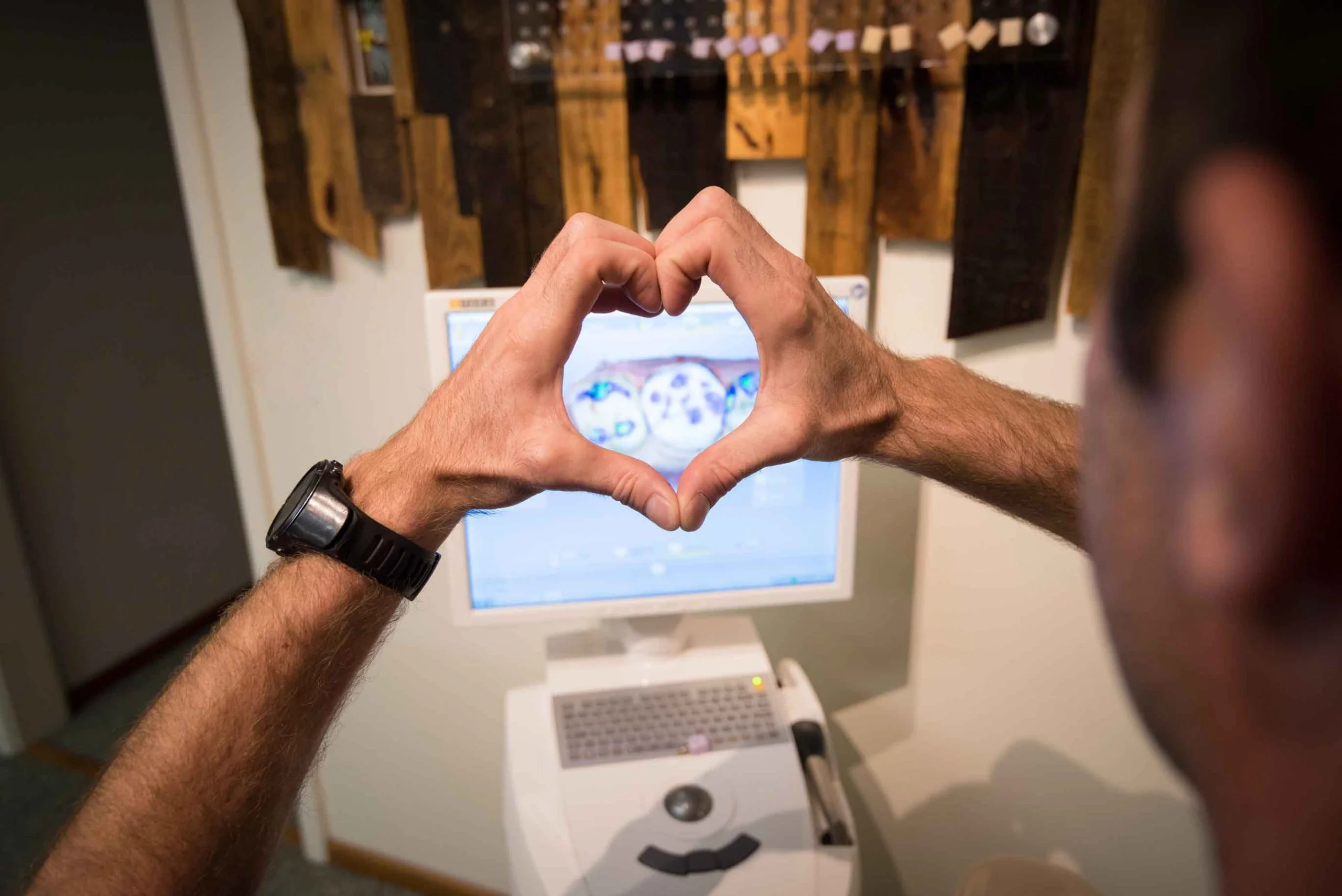What Results Can I Expect After Gum Disease Treatment?
While aftercare depends on the type of treatment performed, patients who receive gum disease treatment can generally expect some degree of swelling, tenderness, and sensitivity in the gums immediately after their appointment. These reactions subside naturally as your gums continue to heal, but over-the-counter medications can usually manage any discomfort in the meantime. Immediately after treatment, our team recommends avoiding very hot or very cold food and drink. Sticking to a soft-food diet and using an antiseptic or antibacterial rinse after treatment can also help facilitate the healing process. Your dental hygienist will provide you with extensive aftercare instructions during your appointment.
Once swelling has subsided, patients should notice an improvement in (or complete elimination of) their symptoms, including pain, bad breath, bleeding, and soreness. Lingering inflammation is normal after treatment, but should resolve over time. We encourage you to practice good oral hygiene after treatment to prevent further bacteria buildup and help you maintain a healthy mouth.
Can I Treat Gum Disease At Home?
Whether at-home treatment is enough to effectively address your symptoms depends on what stage of gum disease you’re experiencing. In many cases, patients who are still in the early stages of gingivitis may successfully eliminate their symptoms by diligently brushing, flossing, and rinsing their mouth with antibacterial rinse. At this stage, the supportive bone hasn’t yet separated from the teeth and professional treatment may not be necessary. If your symptoms only consist of soreness, bleeding, and/or swelling, regular oral hygiene may be enough to remove bacteria buildup and alleviate inflammation.
However, if gingivitis has advanced to periodontitis, professional treatment from a skilled dentist is the only option to remove all bacteria. This later phase of gum disease is characterized by a loss of the supportive jawbone keeping the teeth in place, often causing loose teeth and deepening of the gingival pockets. Consequently, brushing and flossing will not address the bone loss and gum recession that often occurs when an infection spreads in the gum tissue. Only a professional dental cleaning and subsequent treatment for periodontitis can remove all the plaque, tartar, bacteria, and infections that may be affecting your gums.
How Can I Prevent Gum Disease?
The best way to prevent gum disease is through continued maintenance of your teeth and gums. This means preventative actions as simple as regular brushing, flossing, rinsing, and keeping up with your semi-annual dental appointments can go a long way in ensuring your gums remain in good, healthy condition. Since early intervention is the best way to treat and manage gum disease, going to the dentist twice a year is essential to identify problematic bacteria in the mouth before it evolves into periodontitis. In some cases, the early signs of gum disease may only be visible to a dentist, or may not cause obvious symptoms. For this reason, we encourage all patients to always attend their annual examinations to help detect initial gum inflammation before the issue exacerbates.
Dr. Libby and our team can examine your symptoms and develop an optimal plan to treat your gum disease before it worsens into something more serious. You can call our San Diego dental office at (619) 789-5519 to schedule an appointment today!


